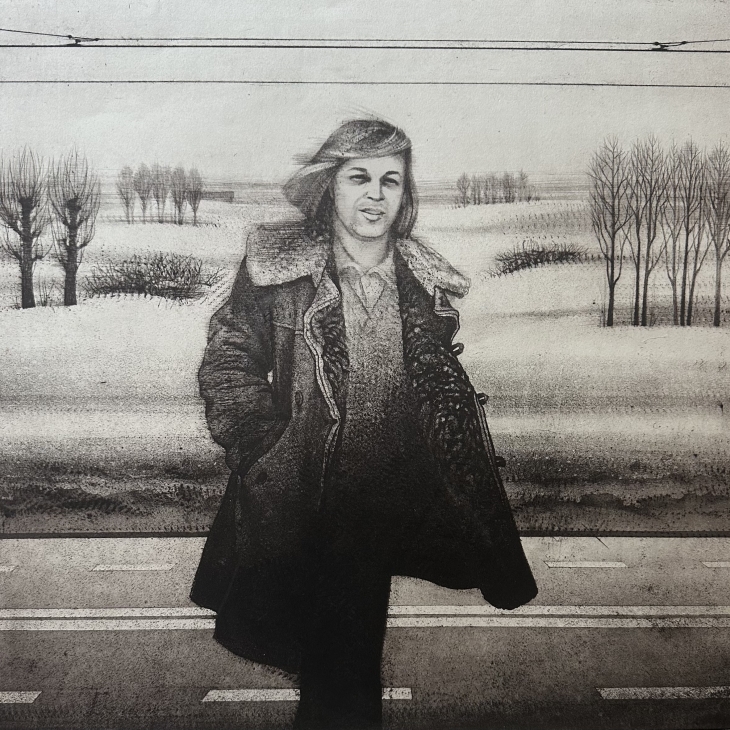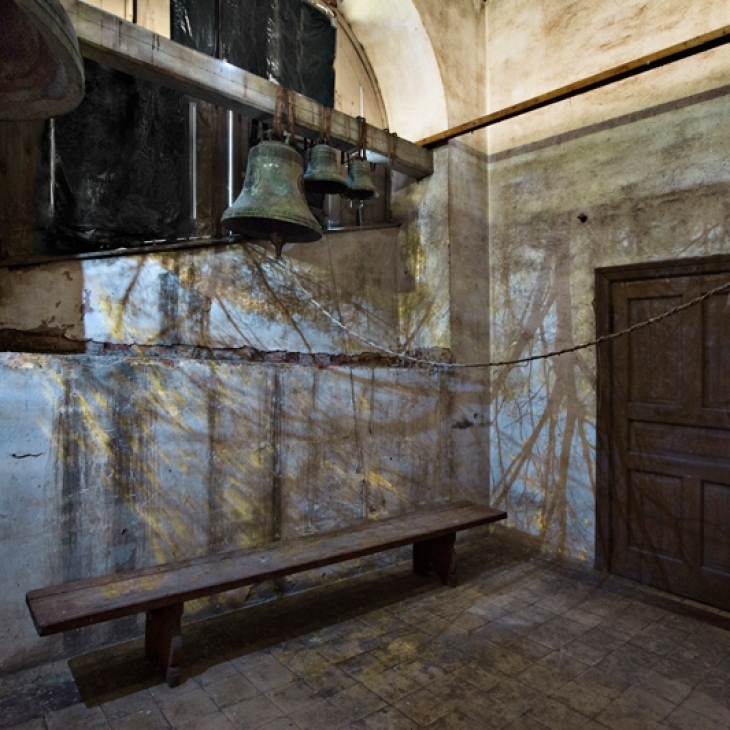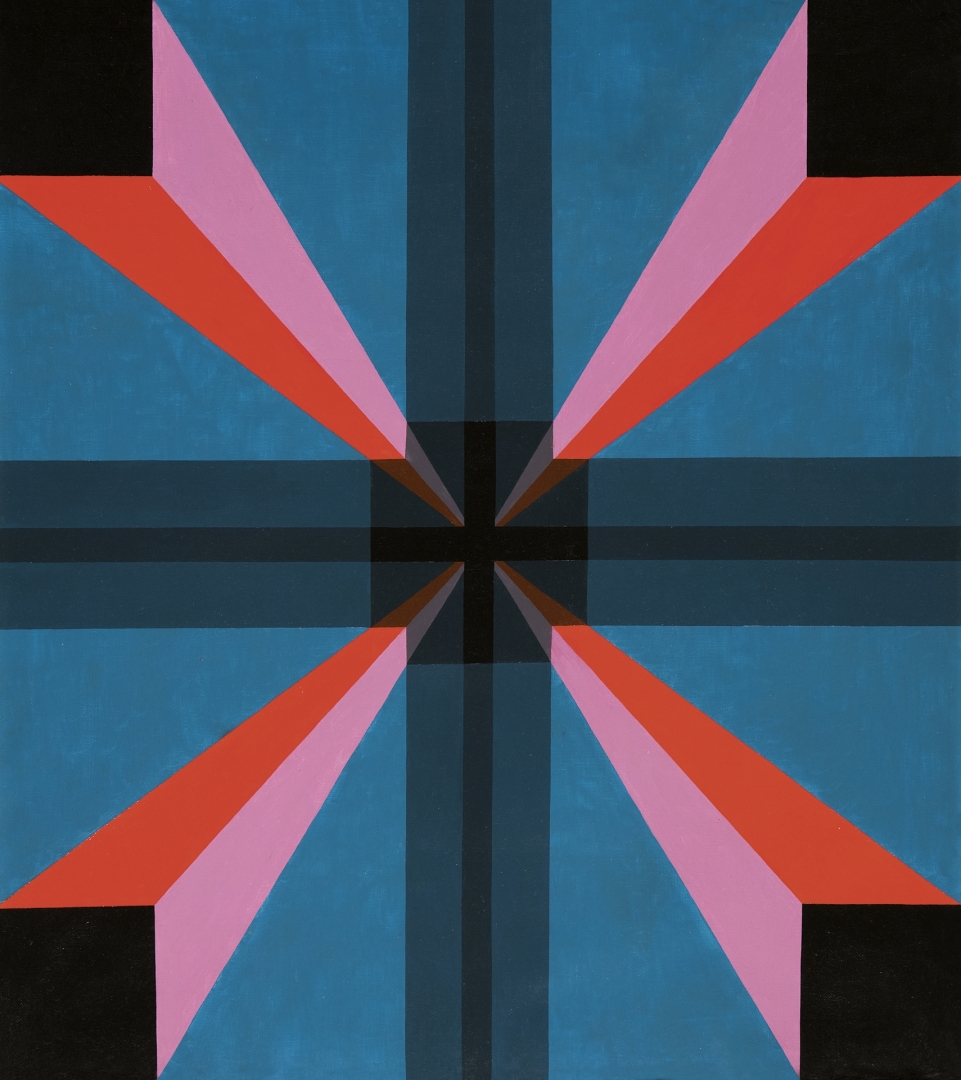(2) items in your cart

Price: €2310

This exhibition focuses on the conceptual art that emerged in the Soviet Union in the 1970s and 1980s, and its dialogue with the living environment of the time. Most of the artworks are from the Norton and Nancy Dodge Collection at the Zimmerli Art Museum at Rutgers University in New Jersey, the USA.

The exhibition focuses on the dialogue between conceptual art from Moscow and from the Baltics in the 1970s and 1980s. The exhibition has been organised in cooperation with the Zimmerli Art Museum in the United States, which has the world’s largest collection of unofficial Soviet art outside of Eastern Europe. A few weeks before the opening of the exhibition, Russia started a war against Ukraine, and the dialogue on recent history has acquired an entirely new context. In this extraordinary situation, the Kumu Art Museum is revealing an empty hall to its visitors, in which the exhibition’s original texts are presented, and spaces on the walls indicate the locations of the works that were initially selected. The exhibition will be filled with artworks step-by-step.
A few weeks before the opening of the exhibition, Russia started its war against Ukraine and the dialogue on recent history acquired an entirely new context. Considering this extraordinary situation, Kumu is currently presenting empty halls to the public. “The texts and labels in the exhibition space are unchanged, but the pictures themselves are marked only by shadows on the walls,” explains Kadi Polli, Director of the Kumu Museum. She further explains: “This wonderful international exhibition, which is the result of four years of research, is being postponed in anticipation of calmer times, mainly because, at this time, works that deal with Soviet-era symbols create a sensitive, ambivalent field of meaning.” Due to the altered situation, the original idea of the exhibition was transformed into a process during which the works will be exhibited by themes in stages throughout the exhibition period.Due to the altered situation, the original idea of the exhibition was transformed into a process during which the works will be exhibited by themes in stages throughout the exhibition period.
In the late Soviet environment of the time, conceptuality meant the shifting of gestures, utterances, narratives, images and objects from everyday life in a way that undermined or even destroyed their meanings. While in response to the demands of the art market in the rest of the world conceptual art was accompanied by the abandonment of the classical pictorial medium, in the Soviet Union it developed on a different basis. Soviet conceptualism did not abandon visuality, but rather defended and cultivated it, thereby creating “thinking” images in response to the proliferation of propaganda images in the public space.
The environment of those living during the late Soviet era was characterised by ideological symbols and rituals that people believed in less and less, but which still seemed inevitable and eternal. People at the time often found themselves in strange situations over which they had no control, which led to alienation and a sense of absurdity. In a country where dissent was punished, thought-provoking images provided artists the opportunity to upset the credibility of propaganda images and to ask critical questions about the visual content presented by the authorities. In the Baltics, which were known as the most liberal and Western republics of the Soviet Union, there was a conceptual shift in art in the 1970s. In Tallinn, Leonhard Lapin invited his fellow artists to “think-paint”, “think-burn” and “think-chop”. In Riga, Miervaldis Polis started creating conceptual photorealism. And in Vilnius, led by Kazė Zimblýtė, a group of artists organised conceptual games.
This exhibition grew out of Jane Sharp’s exhibition Thinking Pictures: Moscow Conceptual Art from the Norton and Nancy Dodge Collection. Norton Dodge (1927–2011) was an American economist and Sovietologist who first travelled to the Soviet Union in 1955 when he was a student at Harvard University. During subsequent decades, Dodge, with the help of agents, collected a large number of unofficial art works from Russia and the other Soviet Republics, and smuggled them into the United States. Today, his collection of over 20,000 works is housed in the Zimmerli Art Museum at Rutgers University.
An exhibition in cooperation with:
Art Museum of Estonia
Jane Voorhees Zimmerli Art Museum at Rutgers, The State University of New Jersey (USA)
Curators: Anu Allas (Estonian Academy of Arts), Liisa Kaljula (Art Museum of Estonia) and Jane Sharp (Zimmerli Art Museum and Rutgers University)
Consultants: Ieva Astahovska (Latvian Centre for Contemporary Art), Lolita Jablonskienė (National Gallery of Art in Vilnius)
Exhibition design: Mari Kurismaa
Graphic design: Tuuli Aule
Coordinator: Ragne Soosalu
Gallery
Violeta Bubelytė (1956). Nude no. 23. 1983. Gelatin silver print. Lithuanian National Museum of Art
Erik Bulatov (1933). Danger. 1972–1973. Oil. Zimmerli Art Museum at Rutgers – Norton and Nancy Dodge Collection of Nonconformist Art from the Soviet Union
Raul Meel (1941). Travelling into the Green. 1973–1979. View from exhibition A Vibrant Field – Nature and Landscape in Soviet Nonconformist Art 1970s–1980s at Zimmerli Art Museum, 2017. Photo by Peter M. Jocobs
Viktor Pivovarov (1937). Do you recognize me? From the series Face. 1975. Gouache. Zimmerli Art Museum at Rutgers – Norton and Nancy Dodge Collection of Nonconformist Art from the Soviet Union
Miervaldis Polis (1948). Self-Portrait in a Vermeer Painting 1985. Gouache over photo-mechanical reproduction. Zimmerli Art Museum at Rutgers – Norton and Nancy Dodge Collection of Nonconformist Art from the Soviet Union
Sirje Runge (1950). Geometry VIII. 1976. Oil. Zimmerli Art Museum at Rutgers – Norton and Nancy Dodge Collection of Nonconformist Art from the Soviet Union
Eugenijus Cukermanas (1935). Prism I. 1976. Tempera. Private collection
Ilya Kabakov (1933). The Short Man (The Bookbinder). From the series Ten Characters. 1980–1987. Exhibition view. Collage, ink, coloured pencil and lithograph. Zimmerli Art Museum at Rutgers – Norton and Nancy Dodge Collection of Nonconformist Art from the Soviet Union
Leonhard Lapin (1947–2022). Signed Space. From the series Signs. 1978. Oil. Zimmerli Art Museum at Rutgers – Norton and Nancy Dodge Collection of Nonconformist Art from the Soviet Union
Mindaugas Navakas (1952). From the series Vilnius Notebook I. I–XII. 1988. Zincograph. Lithuanian National Museum of Art
Galerii nimi: Kumu Art Museum
Address: Valge 1, Tallinn, Estonia
Opening hours: Tue-Wed 10:00 - 18:00 Thu 10:00 - 20:00 Fri-Sun 10:00 - 18:00
Open: 18.03.2022 — 14.08.2022
Address: Valge 1, Tallinn, Estonia
Opening hours: Tue-Wed 10:00 - 18:00 Thu 10:00 - 20:00 Fri-Sun 10:00 - 18:00
Open: 18.03.2022 — 14.08.2022